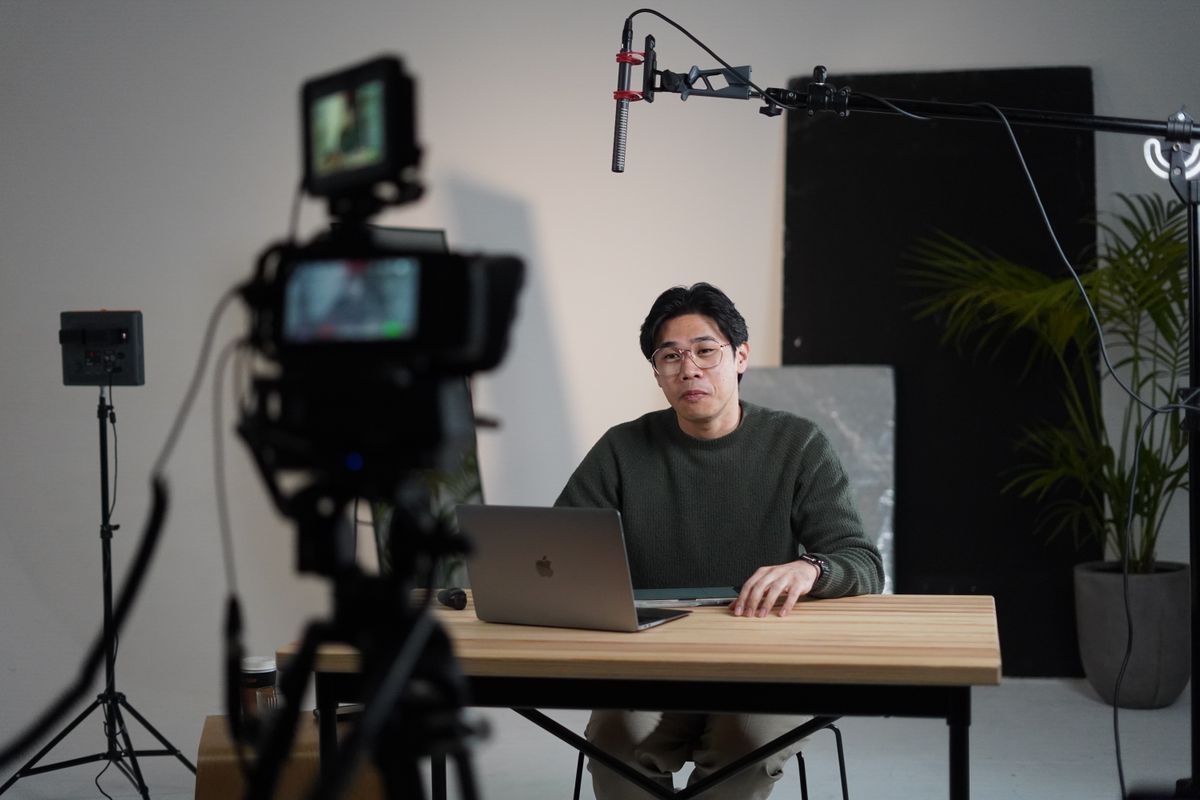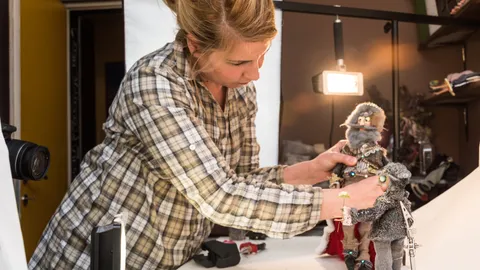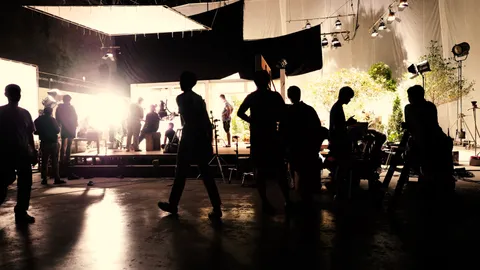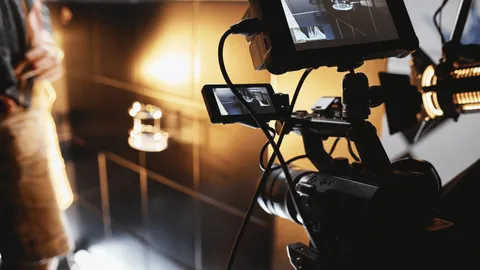What is Raw Footage?
Raw footage is the unedited, untouched visual and audio recordings straight from the camera, offering a genuine and authentic peek into every captured moment during a shoot.
Your Unfiltered Visual Journal:
Raw footage is like having every bit and piece of a visual diary from a shooting session. It is unedited, authentic, and real. Every little surprise, every unscripted expression, and every spontaneous moment is captured, providing a genuine look at the entirety of the shoot, without any gloss.
A Versatile Asset for Future Use:
Maintaining access to all of your raw footage is like holding onto a goldmine of content possibilities for the future. From reshaping narratives to creating additional content like bloopers or behind-the-scenes peeks, having the raw, uncut material means you always have the option to revisit, rework, and repurpose. It’s not just content - it's a vault of opportunities and backup that’s invaluable in the creative process.
Do I Need Raw Footage or Not?
Deciding on whether to keep raw footage hinges on potential future needs, the scope of your project, and the desired flexibility in post-production. Here’s what you should consider.
Consider Your Project Scope:
When you're involved in large-scale or long-term projects, raw footage can be an absolute boon. It allows for flexibility in revising the narrative or creating spin-off content. Think of it like saving all the ingredients even after cooking a dish; you might decide to make a new dish or tweak the current one. Similarly, for marketing campaigns or series, that raw footage could be used for sequels or spin-offs.
Future-Proofing Your Content:
The world of content creation is unpredictable. Trends change, and what's not relevant today might become a hit tomorrow. Having raw footage at hand means you're prepared. Maybe a moment that seemed insignificant during the initial shoot becomes important in light of future events. Or perhaps, as your brand evolves, you’ll find that certain raw moments align perfectly with your new messaging. It's all about keeping your options open and staying adaptable. Plus, there's always a potential for nostalgic throwbacks!
Meet Vimi: The Key!
Vimi isn't just a name; it’s your solution to simplifying the complexities of video production. Let's understand why Vimi is a game-changer in the industry.
A Bridge Between Raw and Refined:
You've got your raw footage, and it's like a goldmine waiting to be tapped. But how do you get from hours of content to a polished video? Enter Vimi. Vimi understands the importance of every frame and works diligently to extract the essence of your project. It's like having a seasoned film director who knows when to cut, when to focus, and when to let the scene breathe.
Your Ally in Creative Choices:
Choosing what stays and what goes in post-production can be a daunting task. Vimi streamlines this process by making suggestions based on current market trends, audience preferences, and the core message of your brand. This ensures that your content is not only high-quality but also tailored to engage your target audience effectively. Imagine having an expert whispering in your ear, guiding you through the maze of decision-making - that's Vimi for you.
In the digital age, the right video can be a game-changer for your brand, transforming audiences into loyal customers and elevating your revenue. Choose Video Production in Melbourne, Adelaide, and Sydney by Vimi and unlock the potent blend of creativity and strategic insight.
Frequently Asked Question
1. What exactly is raw footage in video production?
Think of raw footage like the unedited draft of a novel. It's all the video clips captured during a shoot, untouched and unrefined. Before it becomes the sleek, concise video you see on screen, it starts here - in its most organic form.
2. Why would someone need raw footage? Isn't the final video enough?
Great question! While the final video is polished and perfect for viewing, having raw footage means you have all the original content. This can be essential if you want to re-edit, use different segments, or just have a backup of everything captured.
3. Is raw footage more expensive to purchase?
Typically, yes. Because raw footage contains all the content captured, it's often pricier due to its sheer volume and potential usage. But think of it as an investment; it provides flexibility for future edits.
4. Can I edit raw footage myself?
Absolutely, if you have the tools and know-how! Raw footage is meant to be tinkered with, cut down, and refined. However, if you're new to editing, it might be worth getting a professional to handle it or use platforms like Vimi to make the process smoother.
5. How is raw footage stored?
It's usually stored in high-quality file formats on external hard drives, cloud storage, or specialized storage servers. These formats ensure no loss of quality and easy access for editing.
6. Is raw footage the same as an uncut film?
Not exactly. While both are unedited, an uncut film is typically a sequence of scenes as they will appear in the final product, just longer. Raw footage, on the other hand, is all the content captured during the shoot.
7. How long should I keep my raw footage?
It's a good practice to keep raw footage as long as possible, especially if it's evergreen content. You never know when you might need it for a new project or marketing campaign.
8. Does Vimi work with raw footage?
Yes, indeed! Vimi is designed to handle and make the most out of raw footage, ensuring you get the best results out of your content, whether it's refining, editing, or repurposing.
9. What's the difference between raw footage and B-roll?
While raw footage is everything captured during a shoot, B-roll is supplementary footage intercut with the main shot. Think of the main interview as the primary footage and the scenic shots or additional clips as the B-roll.
10. Is raw footage always shot in high resolution?
Most of the time, yes. Videographers tend to shoot in the highest resolution possible to ensure quality isn't lost during editing. However, the resolution can vary based on the equipment used and the project's requirements.





